Collaborating with another nonprofit may be just what your organization needs to push it to the next level. But how do you team up effectively? First, let’s talk about why nonprofits team up in the first place.
Why Do Nonprofits Collaborate?
There are plenty of reasons a nonprofit may want to collaborate, but the two main reasons are:
- It helps your nonprofit run more efficiently/effectively
- It helps your nonprofit do more for the community you serve
What Are Some Ways My Nonprofit Can Collaborate?
Collaborating effectively is often a bit of a winding road, and not every path looks the same. The 3C Model (Cooperation, Coordination, Collaboration) often used in the for-profit sector demonstrates this. Let’s take a look at each of the 3 Methods of Collaboration and see how they compare.
Cooperation
In a cooperative relationship, like-minded individuals or organizations come together to share either tangible things like office space or software, or intangible things like ideas and information (or both). Some even share employees: for example, your nonprofit may not be able to afford to hire a full-time designer or marketing consultant, but if you team up with a similar organization you can bring on a joint hire to fill a common need.
A good example of a cooperative relationship is Big Bang Philanthropy, a collective of major donors who share their knowledge and expertise within the community. The goal is to connect donors to poverty-alleviating nonprofits that are making the most impact. Through these cooperative efforts, members of Big Bang Philanthropy each donate at least $1 million a year to reduce poverty all over the world. That’s a lot of impact!
Coordination
In a coordinative relationship, organizations combine forces around specific programs, community efforts, or global initiatives. Planning a joint event with another organization is a simple, but effective professional coordination – by joining forces, you can connect to a broader audience and save money at the same time, either by combining your budgets to produce a higher quality event or by widening the scope of the event’s focus to generate interest from multiple groups.
Coordination requires more of a commitment of time and resources from nonprofits who take part, but that usually results in greater rewards too. InterAction, a collective of nonprofits focused on global disaster relief, is a great example of an extremely effective coordinative relationship. The 180+ nonprofits who take part benefit greatly for many reasons, but most notably InterAction provides professional representation and advocacy to Congress and other governing bodies, which helps nonprofits have a much higher chance of actually influencing policy, or receiving important government funding.
Collaboration
Collaboration is the most transformative relationship of the three. Nonprofits who decide to enter into a collaborative relationship with another organization (or more) take on a new structure and a shared mission. It’s a partnership where goals are specifically planned and measured. Take for example the collaboration between Chicago Youth Centers (CYC) and Family Focus – both programs focused on providing services for children from birth to age 3. Through their merger, they not only cut costs by sharing resources, but they were able to provide better services to their community through:
- Better Programs – By pooling resources, both organizations were able to provide better care for the children in their community.
- Efficient Outreach – Family Focus was able to refer new clients to CYC, and vice versa. ● Expanded Programming – Both organizations were able to offer more programming without increasing their budget.
Another great example of a successful collaborative relationship is the Industry Employment Initiative (IEI), a group of nonprofits that work to alleviate unemployment in Australia. Under the guidance and expertise of Social Ventures Australia, members of the group find increased effectiveness of their own programs, but also work outside the boundaries of their programs to help where needed. The goal of a collaborative partnership is to create a greater societal change than would be possible otherwise.
Each type of collaborative relationship has its benefits, to be sure. But which is best for your nonprofit?
How to Know Which Type Of Collaborative Relationship is Right For Your Nonprofit
Your nonprofit is ready to move forward with some collaborative relationships. Before doing so, answer these important clarifying questions.
- Why do we want to collaborate? Are you hoping to join a similar organization to have a greater impact on your community? Does your organization lack certain resources/materials it needs? Could a partnership help the internal operations of your nonprofit run more efficiently? You may have multiple reasons for collaborating, and nailing those down will help you know how to move forward.
- How can we achieve our goals through collaboration? It’s very likely that your nonprofit can benefit from multiple forms of collaboration. But, if you’re not careful, collaboration can become an end in itself and be more of a headache than it’s worth. To get the most out of your collaborative relationships, set out clear goals for each.
- What does my nonprofit bring to the table? What does your nonprofit do well? Other organizations need to see the value in collaborating with you. So, before you can enter into a healthy collaboration, you need to know your nonprofit’s value and be prepared to deliver on it.
How To Get The Most Out Of Your Nonprofit’s Collaborative Relationships
Ideally, collaborative relationships give members a “leg up” in their work through shared energy, resources, and goals. Unfortunately, collaboration can turn sour if not done well, and end up costing everyone precious time and resources. So how do you avoid this? Here are some tips to make sure your nonprofit is collaborating effectively.
1. Define “Success” Together
Along with your partner(s), define what success looks like for you. Write out clear goals you hope to achieve as a result of your collaborative efforts. Your goals may not be identical, and that’s ok. Create a shared vision you can all work toward together.
Another important part of this process is anticipating possible roadblocks that may derail your goals. This is best done at the outset of the partnership (but better late than never) so that you can put procedures in place to try to avoid getting off track. Overall, defining success (and failure) together will help cultivate transparency within the collaborative relationship.
2. Clarify Roles
As you’re laying out shared goals, be sure that everyone is clear on what their specific roles are within the relationship. Who’s doing what? Remember, you need to know what your nonprofit brings to the table. Write down each partner’s roles and responsibilities within the collaboration so everyone is clear. Consider creating a formal document to keep things as professional as possible. Defining roles up front is a great way to manage expectations and avoid surprises down the road.
3. Be Candid
Conflict is a natural occurrence in any professional setting, so don’t be surprised when you have to address conflict within your collaborative relationships. The most healthy way to handle it is through open, honest communication. Call out issues that arise, and be prepared for your partners to do the same. As long as you and other leaders can remain humble and keep your shared vision in mind, working through conflict can actually be a process that strengthens your collaborative relationships.
4. Take Risks
The most innovative companies out there (take Google, for instance) have highly collaborative cultures. They’re also famous for being the biggest risk-takers when it comes to experimenting with new ideas, methods, and strategies. Collaborative relationships can often provide your nonprofit with more stability and a wider audience than ever before. Now may be the perfect time to try something new! Keep an open mind as you work with new team members and get creative when brainstorming new projects.
5. Say Thanks
Most likely, your partners care about your goals and vision just as much as you do. Make sure to thank them for all their hard work! And even though your success is shared, make sure to point it out if one of your partners played a particularly significant role in a successful initiative.
6. Promote Each Other
Sometimes collaborations end, but the relationship doesn’t have to! With your partners, discuss ways you can help promote each other’s work to your own audience, during your collaboration and beyond. Promoting each other helps raise your respective brand awareness and increases awareness of your cause.
One more tip: Be mindful of your collaborative relationships as you go along. Again, collaborating is not something you just do for its own sake. It’s about increasing the overall good your nonprofit can accomplish. If that’s not happening, it may be time to exit an existing partnership.
The nonprofit sector is long and wide. As important as our own efforts are, we can only do so much alone. An ecosystem, for example, thrives when each part functions in balance with the greater whole. Similarly, nonprofits that see themselves as a singular cog in the greater mechanism of the societal good stand to benefit a great deal more than if they adopt a “lone wolf” mentality. Collaborative relationships can be truly life-changing for nonprofits. With so many social, political, and environmental crises impacting the world today, joining forces is a smart way to take on these issues with greater impact. It’s true: “Collaboration can change the world.”
By Emily Baxley
.svg)


.svg)
.svg)
.svg)

.avif)


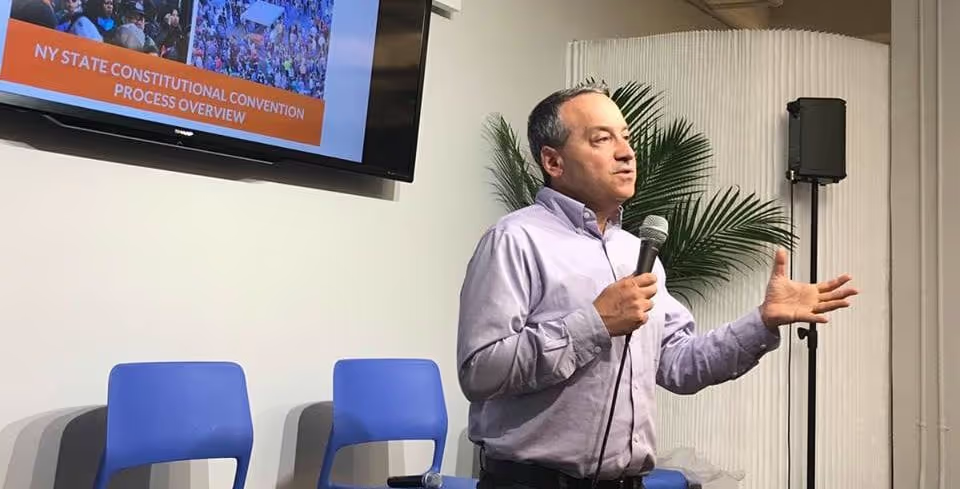

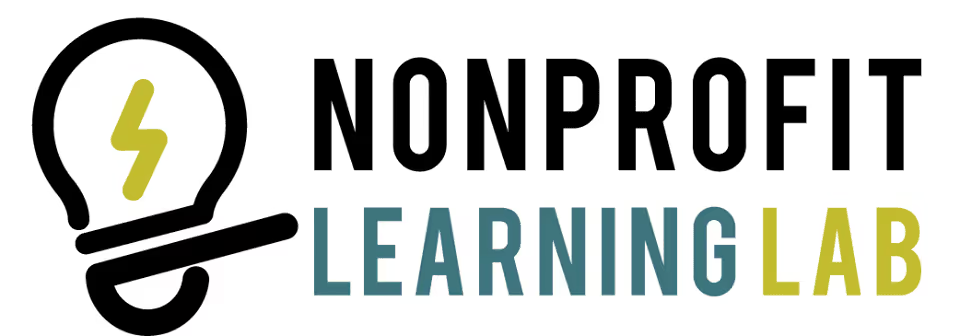














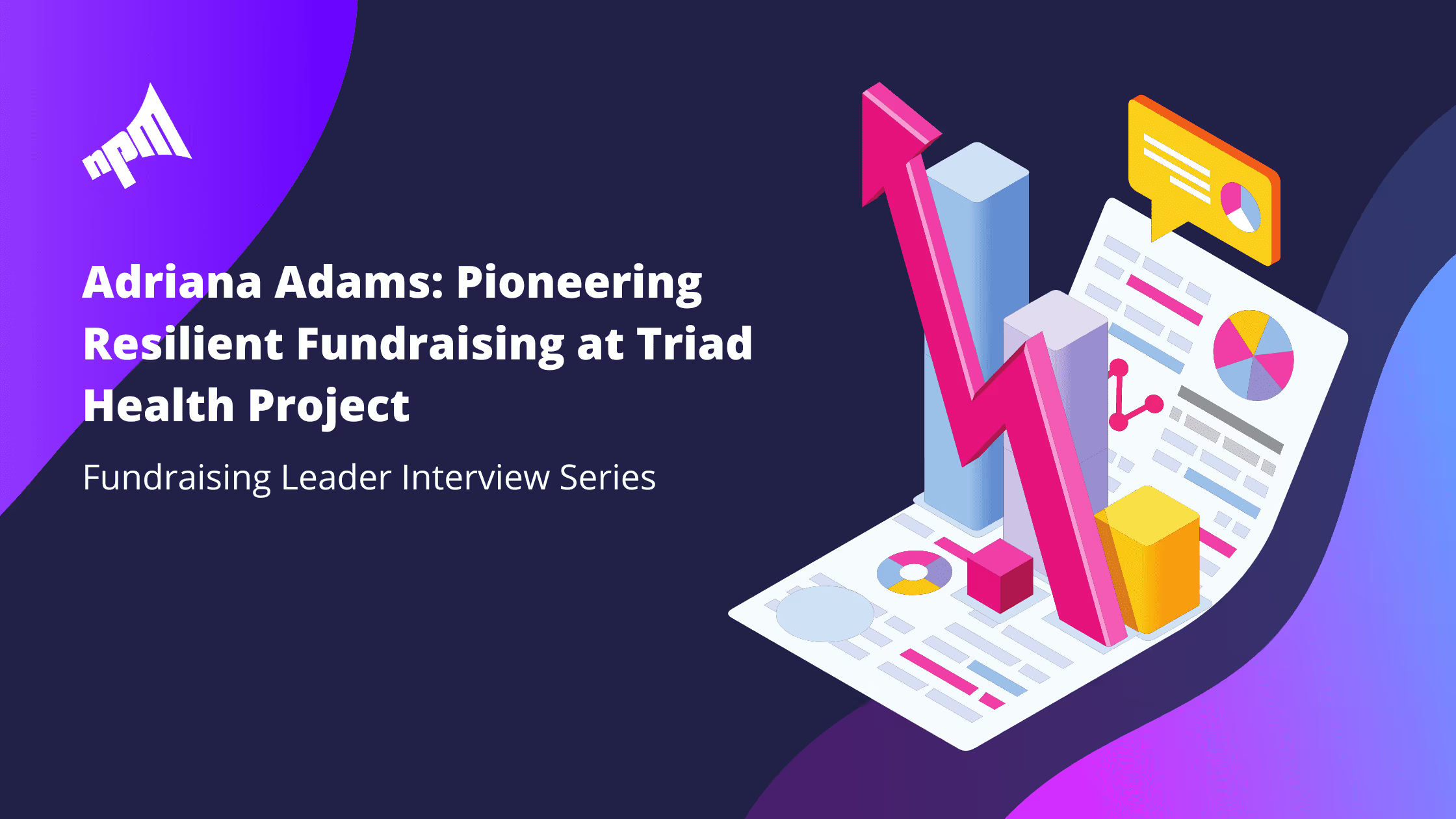




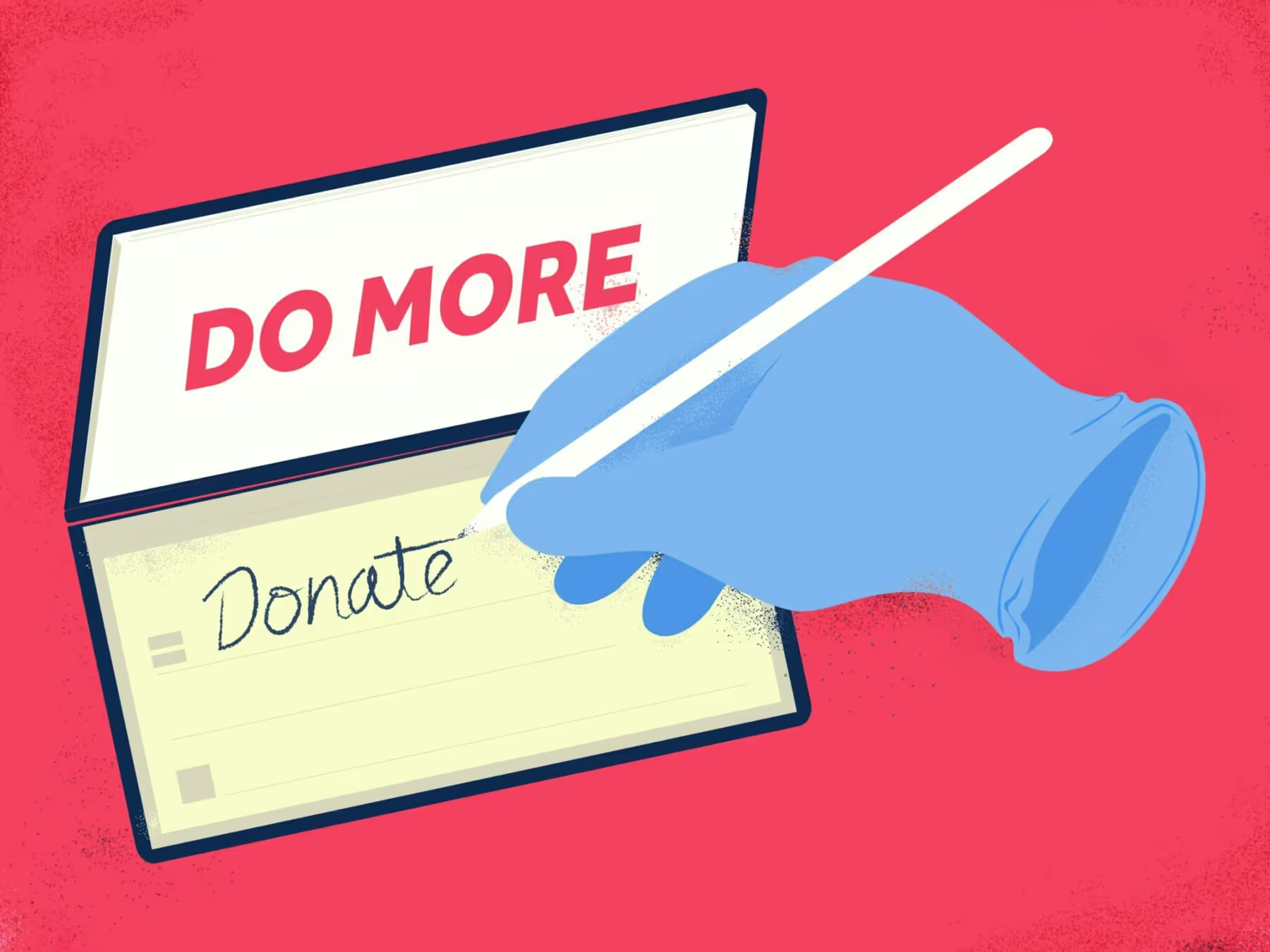










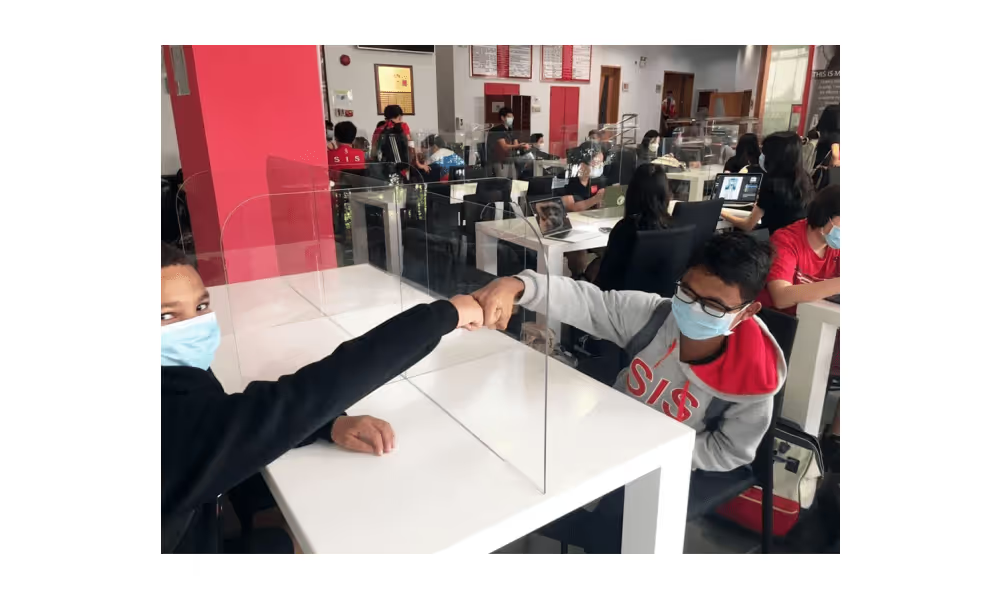








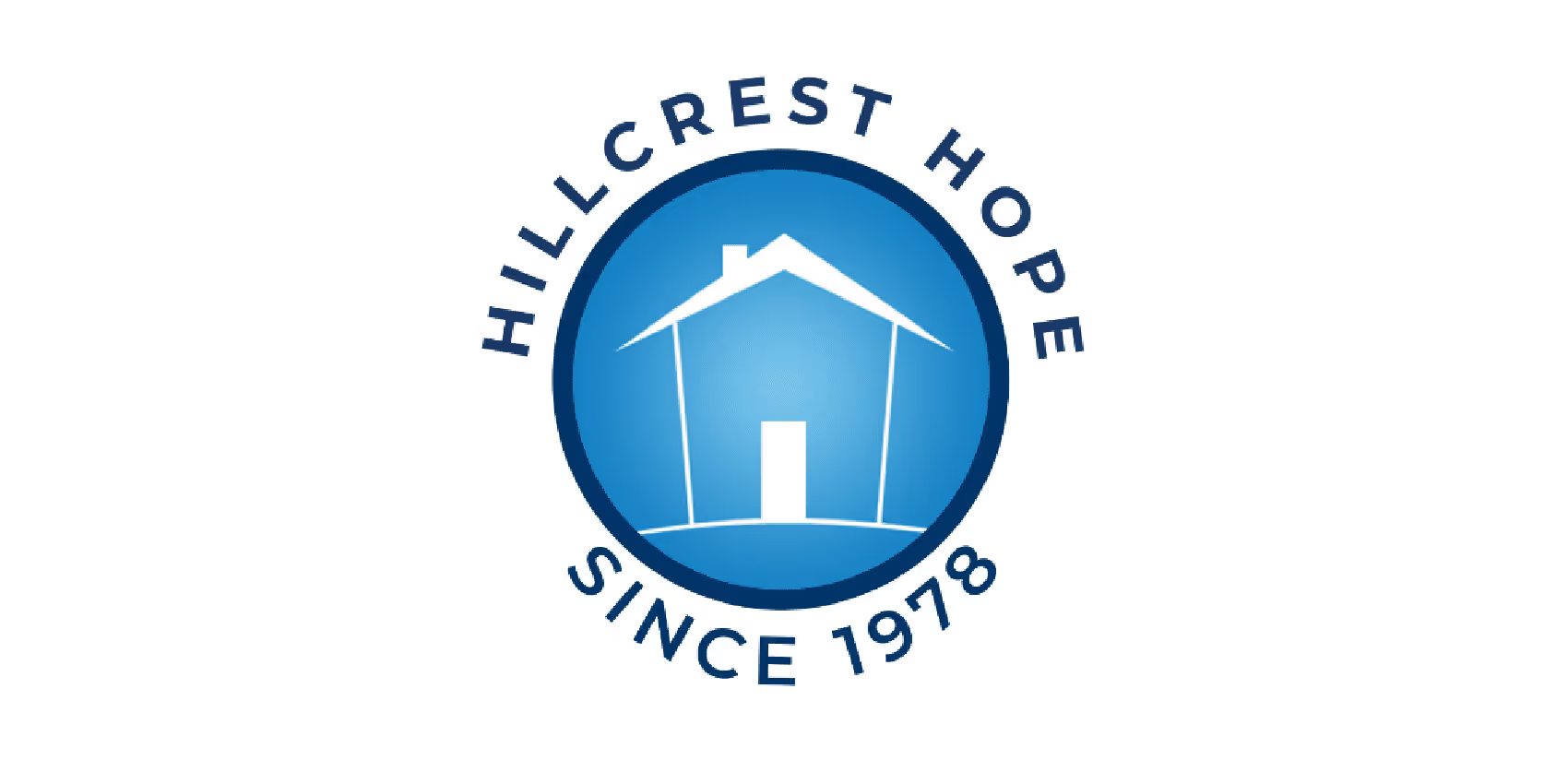





































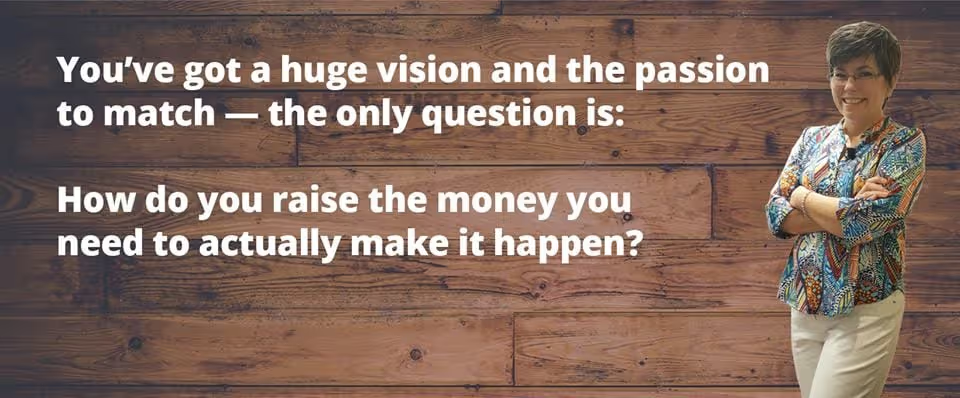





















.svg)
.svg)
.svg)
.svg)